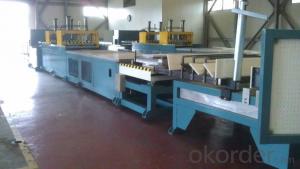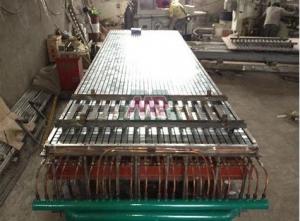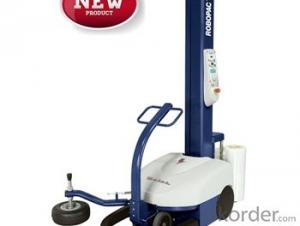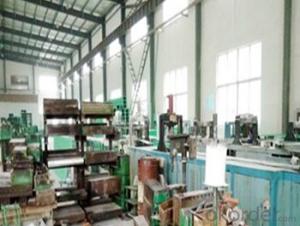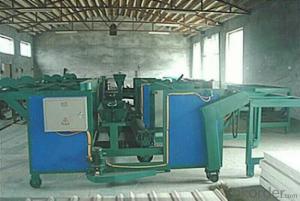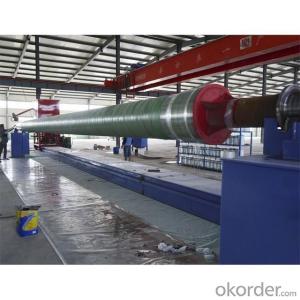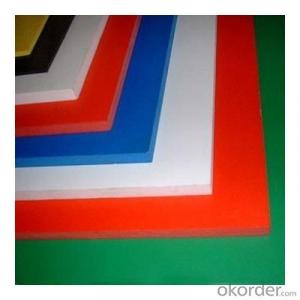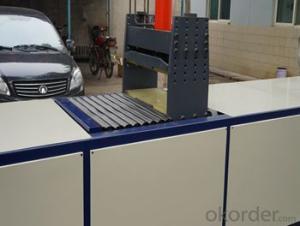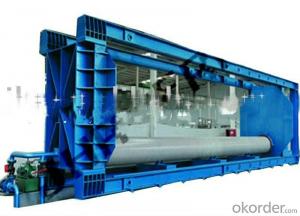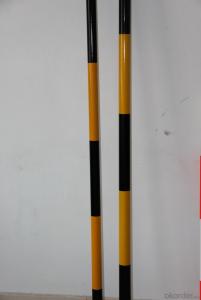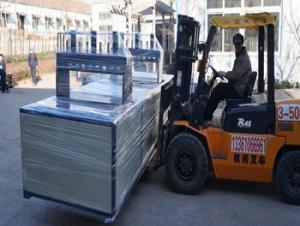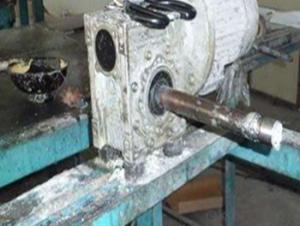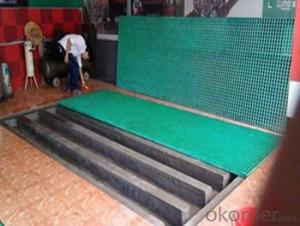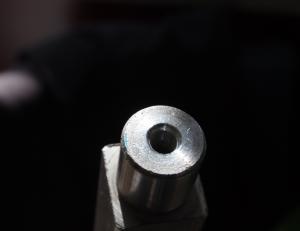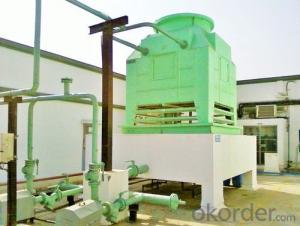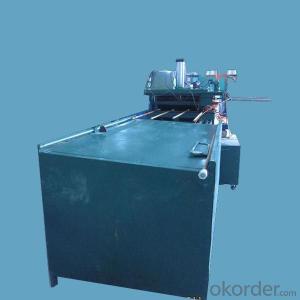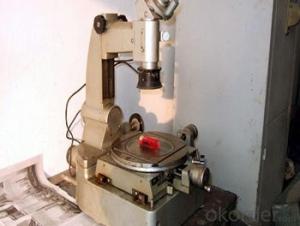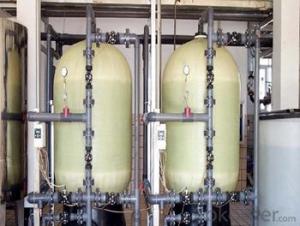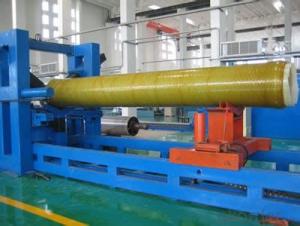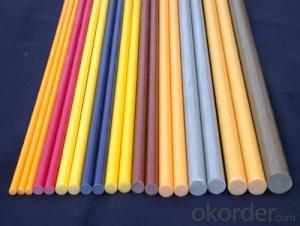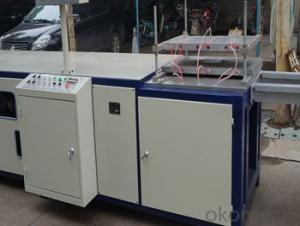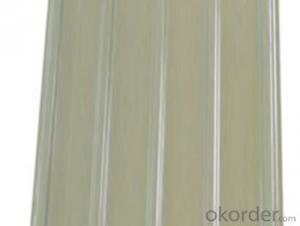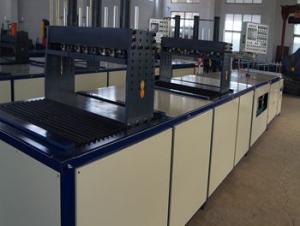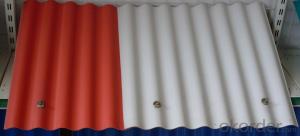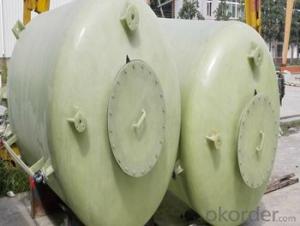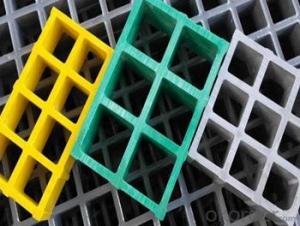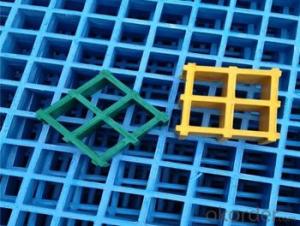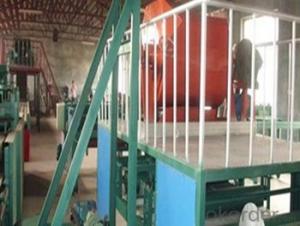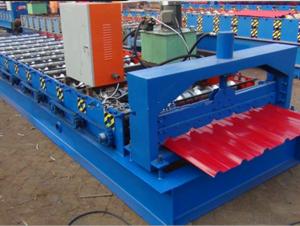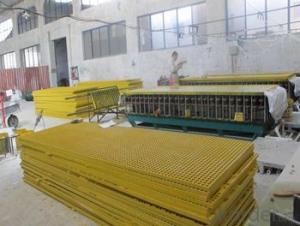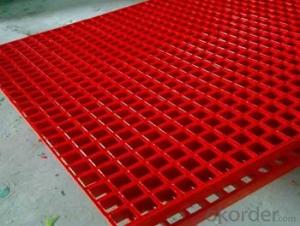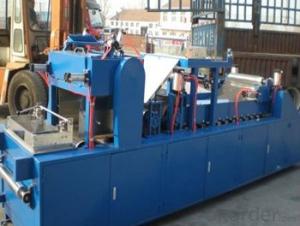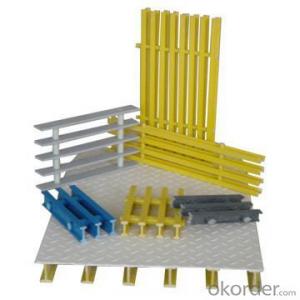Frp Pultrusion
Frp Pultrusion Related Searches
Direct Roving For Pultrusion Profile Extrusion Rfp Pipe Aluminium Extrusion Grp Flange Frp And Grp Grp Reinforcement Ameron Frp Pipe Multi Plastics Extrusion Ppr Pipe Jointing Method Gf Ppr Pipe Plastic Extrusion Profiles Grp Reinforced Plastic Aluminum Extrusions Grp Lamination Grp Pipe Lamination Belden Ppr Pipes Plastic Extrusion Melbourne Composite Grp Aluminum Extrusion Framing Structure Pipe Perforated Pvc Pipe Chemical Dop Pilsa Ppr Pipes Grp Pipe Full Form Dip Tubes Flowtite Pipe Firat Ppr Forming Polymers Extruded Polystyrene XpsFrp Pultrusion Supplier & Manufacturer from China
Frp Pultrusion is a composite material made from continuous fiber reinforcement embedded in a polymer matrix. It is manufactured using a process where the fibers are pulled through a resin bath and then into a heated die, which cures the resin and forms the final product. This method results in a strong, lightweight, and corrosion-resistant material that is highly valued in various industries.Frp Pultrusion is widely used in numerous applications due to its high strength-to-weight ratio and excellent resistance to corrosion. It is commonly found in construction, transportation, marine, and industrial sectors. Some specific usage scenarios include structural components in buildings, bridge decks, fencing, gratings, ladders, handrails, and various other infrastructure elements. Its durability and low maintenance requirements make it an ideal choice for environments where traditional materials may succumb to wear and tear or harsh conditions.
Okorder.com is a leading wholesale supplier of Frp Pultrusion products, offering a vast inventory to cater to the diverse needs of customers. With a commitment to quality and customer satisfaction, Okorder.com ensures that the Frp Pultrusion products they provide meet the highest industry standards. Their extensive range of products is designed to serve various applications, making them a one-stop solution for businesses and individuals seeking reliable and durable composite materials.
Hot Products

